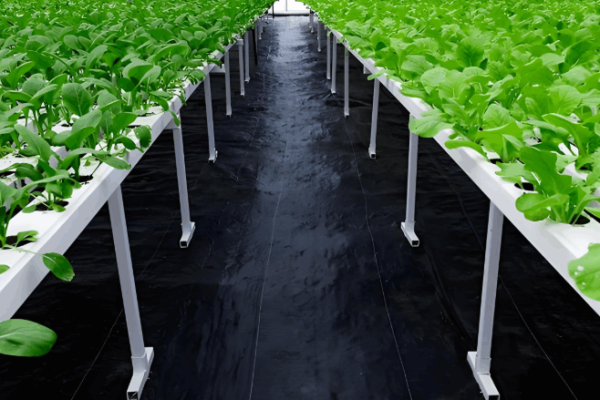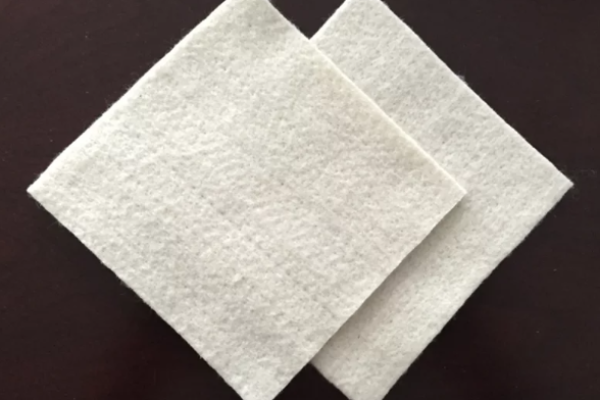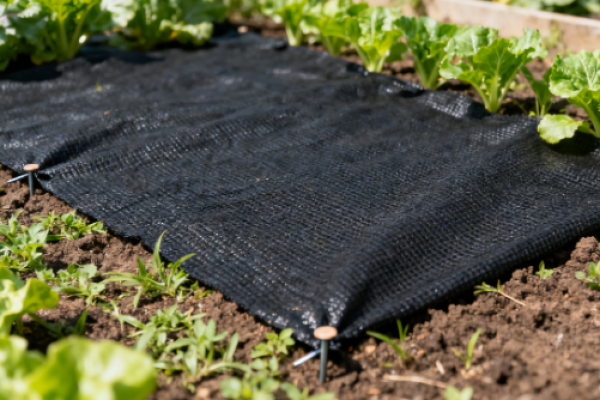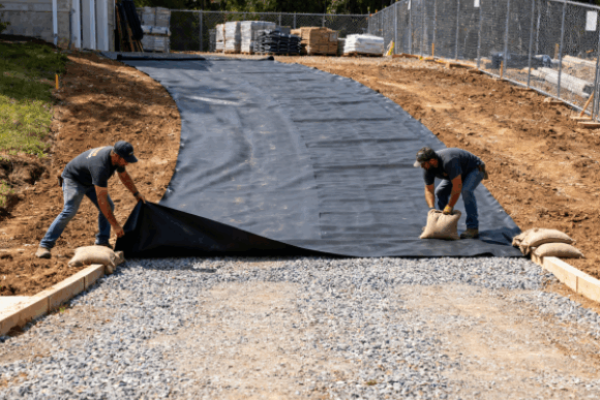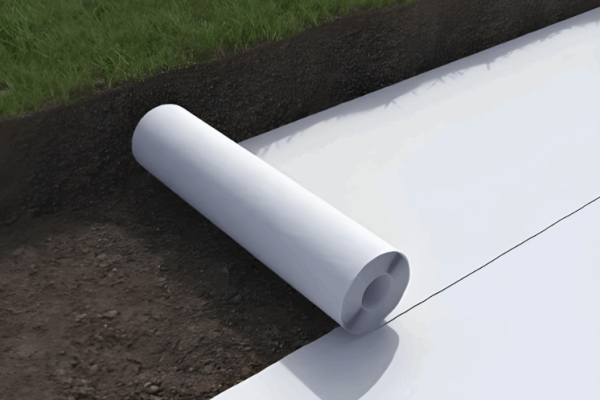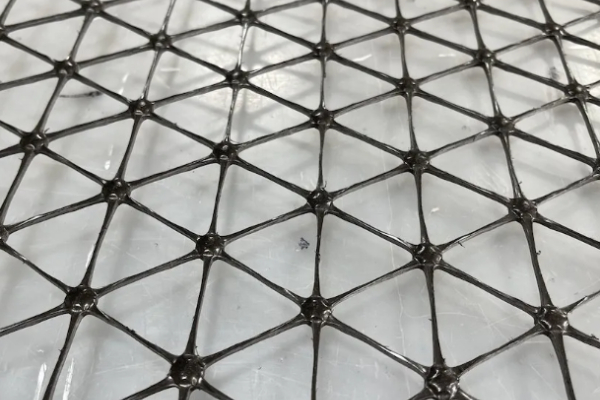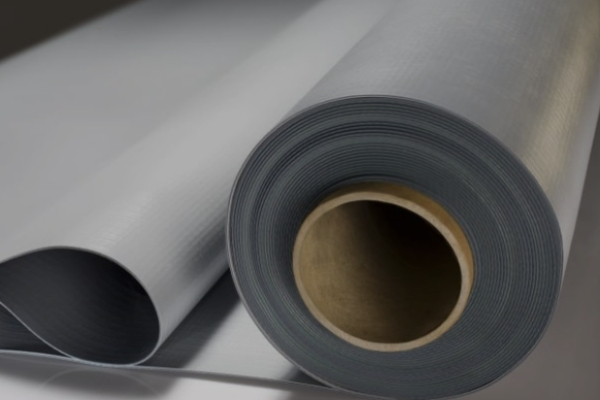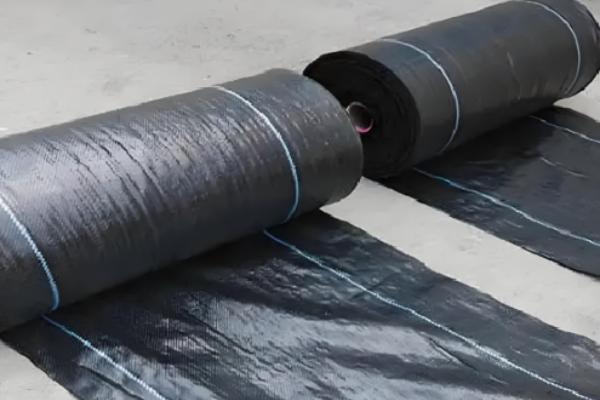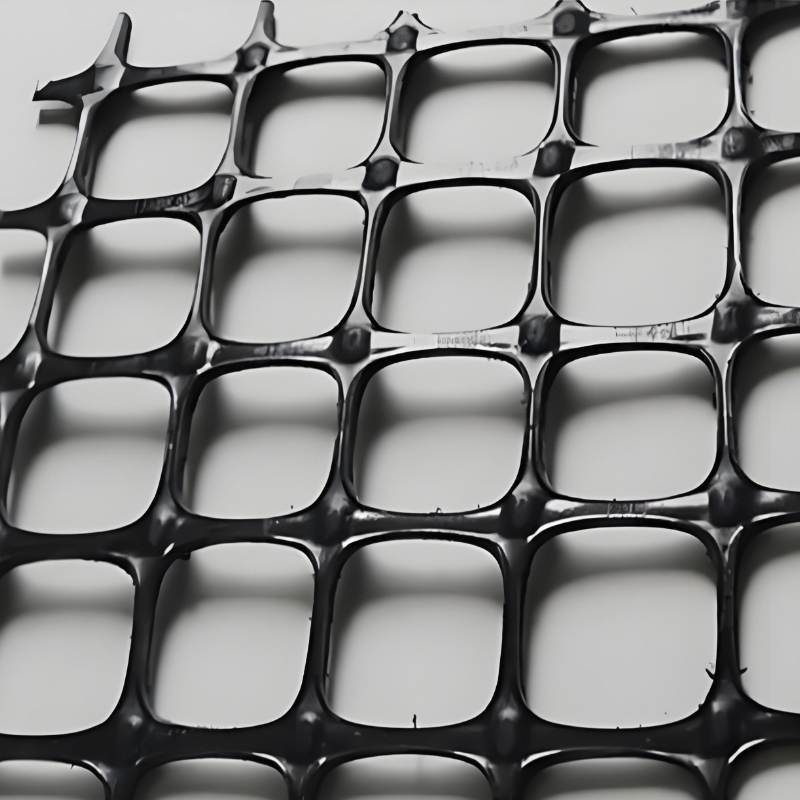- The Three Key Functions of Geotextile for French Drain
- How to Choose the Right French Drain Geotextile Fabric
- What is the appropriate weight and thickness for a geotextile fabric for French draft?
- Step-by-Step Installation Guide for French Drain Geotextile
- Common Mistakes and How to Avoid Them
- Conclusion
If you are planning to install a French Drain to solve yard waterlogging,foundation seepage,or slope drainage issues,Geotextile Fabric for French Drain is a component you cannot overlook.Choosing the wrong type or omitting it entirely can lead to a completely clogged and failed drainage system within a few years,wasting all your hard work and investment.
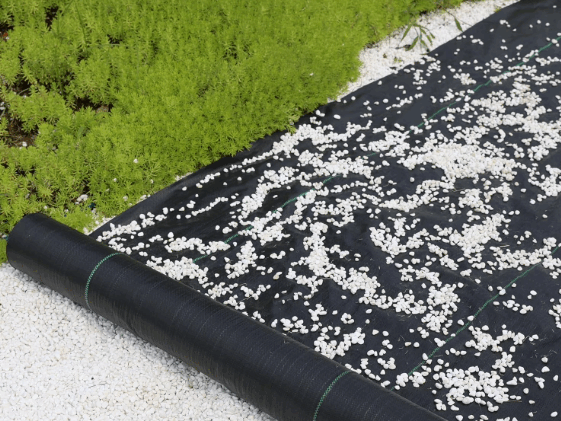
The Three Key Functions of Geotextile for French Drain
Geotextile fabric is absolutely essential,serving three critical missions:
Filtration:This is its primary function.The geotextile fabric allows water to pass through freely while effectively preventing surrounding soil,silt,and fine particles from invading the gravel layer.This protects the drainage channel’s openness,preventing the system from clogging from within.
Separation:It physically separates the soil layer from the gravel layer.Without this barrier,under pressure and water,the soil will gradually mix with the gravel,eventually forming mud that eliminates the drainage space and nullifies its function.
Reinforcement:To some extent,the drainage geotextile fabric also helps distribute load,providing slight stabilization for the soil surrounding the trench.
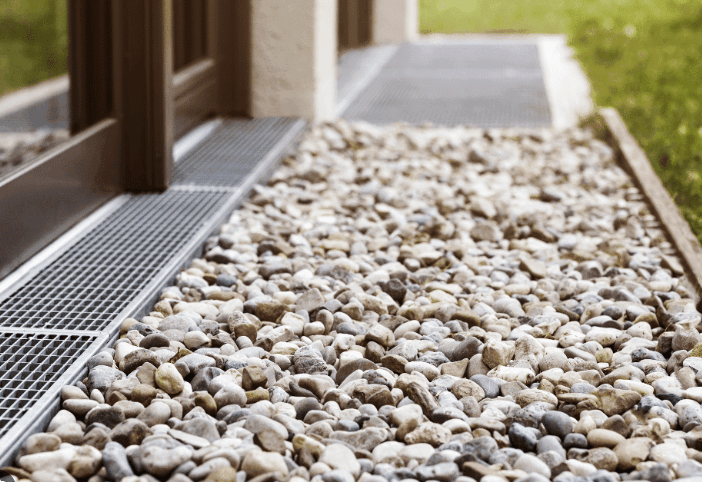
How to Choose the Right French Drain Geotextile Fabric
This is the most critical choice;selecting the wrong type leads directly to failure.
The Preferred Choice:Non-Woven Geotextile Fabric
Characteristics&Feel:It looks like felt,feels soft,and has a chaotic fiber structure formed through a needle-punching process.This is the standard and highly recommended choice for a French drain.
Advantages:It offers extremely high water permeability and excellent filtration performance.Its countless tiny pores allow water to flow through quickly while precisely blocking silt,perfectly meeting the needs of a drainage trench.
Material:Usually made from polyester or polypropylene,offering good corrosion resistance.
Avoid Using:Woven Geotextile Fabric
Characteristics&Feel:It looks like a woven bag or canvas,with a distinct warp and weft structure.
Disadvantages:Although it has high strength,its pores are smaller and more regular.It is highly susceptible to clogging by fine particles,leading to a sharp decrease in permeability and ineffective drainage.It is more suitable for stabilization projects requiring high strength,like under driveways,and must not be used for French drains intended for drainage and filtration.
Conclusion:Choose non-woven geotextile fabric without hesitation.
If you are purchasing geotextile fabric for french drain, you can contact us!
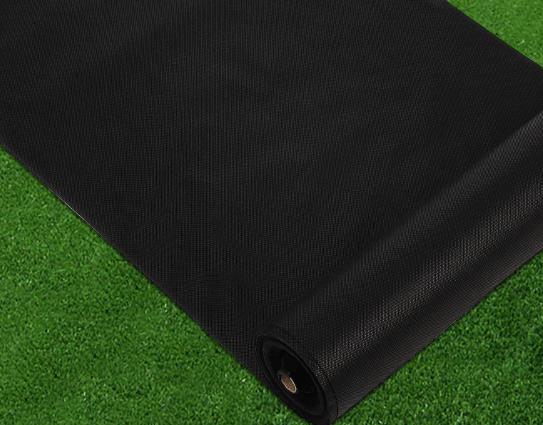
What is the appropriate weight and thickness for a geotextile fabric for French draft?
The weight of geotextile fabric is expressed in”ounces per square yard”(oz/yd²).A higher number indicates a thicker,more durable fabric.
4 oz(Light Duty):Relatively thin.Suitable for very light residential drainage projects,such as under flower beds or walkways where soil pressure is minimal.For most standard French drains,a more durable specification is advised.
6 oz-8 oz(Medium Duty):This is the most versatile and common choice,suitable for the vast majority of residential French drain projects.It provides the best balance between durability,puncture resistance,and filtration performance,ensuring the drainage system remains effective long-term.
10 oz+(Heavy Duty):Very thick and durable.Typically used for heavy-duty commercial projects,highways,or drainage systems under high-traffic areas.It is overly expensive and unnecessary for ordinary yard projects.
Quick Selection Guide:
| Weight (oz/yd²) | Best Use Case | Recommendation |
| 4 | Light-duty drainage, flower beds | ⭐⭐⭐ |
| 6-8 | Standard French drains, yard drainage | ⭐⭐⭐⭐⭐ (Top Choice) |
| 10+ | Heavy-duty commercial/industrial projects | ⭐⭐ |

Step-by-Step Installation Guide for French Drain Geotextile
Correct installation is as crucial as choosing the right product.Follow these steps:
Dig the Trench:Excavate according to the planned slope and dimensions.
Lay the Geotextile Fabric:Place the non-woven geotextile fabric at the bottom and up the sides of the dug trench.Ensure the fabric is wide enough so that after adding gravel,the sides can be folded up and completely envelop the gravel.
Add Gravel:Pour clean drainage gravel(typically 3/4-inch size)into the trench on top of the fabric,filling to about two-thirds of the trench depth.
Wrap the Gravel:Fold the sides of the geotextile up and over the gravel,overlapping them to form a fabric-wrapped gravel tube.Ensure an overlap of at least 15-20 cm(6-8 inches).
Backfill:Backfill with soil over the wrapped structure and restore the surface landscape.
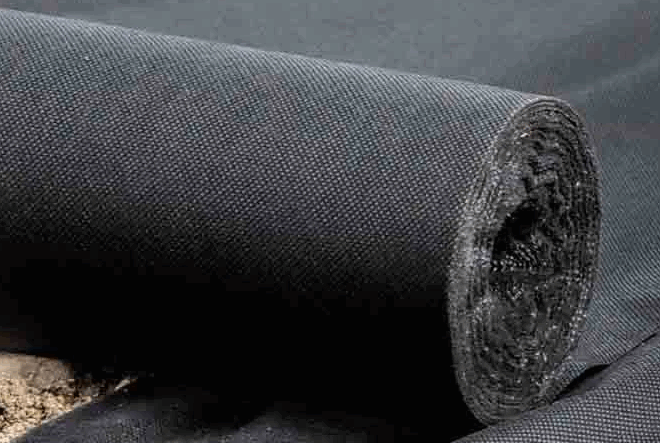
Common Mistakes and How to Avoid Them
Mistake 1:Using Plastic Sheeting or Landscape Fabric:Plastic sheeting is completely impermeable,turning the drainage trench into a water pipe.Regular landscape fabric(weed barrier)clogs easily,has a short lifespan,and is no substitute for professional-grade geotextile fabric for drainage.
Mistake 2:Laying it Only at the Bottom:The french drain fabric must fully envelop the gravel;otherwise,soil will intrude from the sides.
Mistake 3:Insufficient Overlap:Too little overlap will allow soil to intrude at the seams.Always ensure adequate overlap.
Conclusion
Choosing the correct geotextile for your French drain is the decisive factor in ensuring this investment remains effective in the long term.Remember this simple formula:Non-Woven+6-8 Ounces+Full Encapsulation=An Efficient,Long-Lasting Drainage System.
Looking for a reliable supplier for your geotextile fabric for French drain project?Feel free to contact us.
About Us:Lianjie
Lianjie is a one-stop supplier of geosynthetics with 15 years of professional experience and multiple national certifications,We will provide you with the most professional geotextile solution for French drainage.

